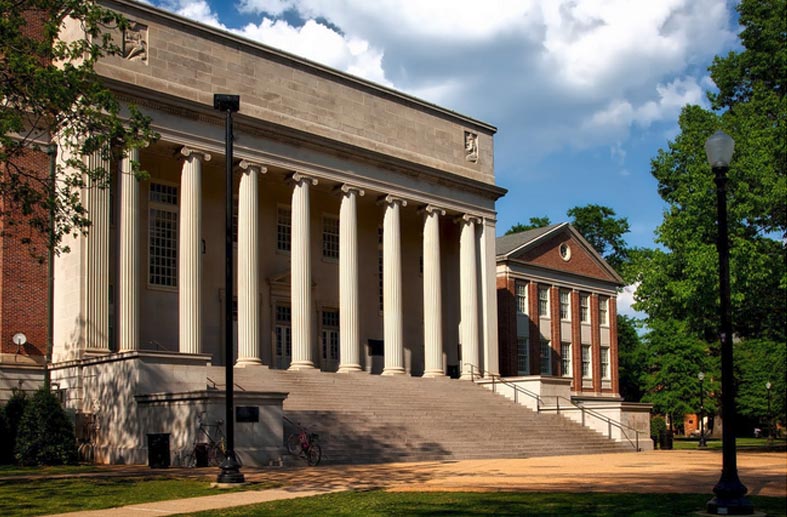Predictive Analytics & Higher Education: A Perfect Pair
Claire Juozitis
One could argue that predictive analytics can improve decision-making for virtually any industry—in fact, I agree wholeheartedly with that argument. However, the uses and benefits for some industries exceed those of other industries. One such industry that we’ll say scores very highly on the “predictive analytics potential” scale is higher education.
This may sound a bit surprising—one would think retail, telecom, insurance, and energy, for example, are more likely to be at the top. And, they are. But these industries are already relatively mature in their analytics adoption. Meanwhile, higher education has a lot of potential for change with predictive analytics and is just beginning to make a big move in the Big Data world.
Higher education institutions are facing increasing demands for accountability, transparency, and efficiency; there is a need for more streamlined processes under budget constraints. Many members of higher education are recognizing that analytics can have be the ideal tool here. Compared to two years ago, 84% of analytics professionals view analytics as more important for higher education’s success, and 86% view it as even more important in the next two years.1 Predictive analytics can be used to optimize numerous functions for universities, colleges, etc., including:
- fundraising/donations
- student recruitment/enrollment
- student retention
- grants/tuition management
- financial performance
One educational institution was able to predict which students would have academic problems within two to three weeks of classes, and learned that “course engagement” was the most important variable in terms of retention.2 Analytics can also develop profiles of prospective students based on their likelihood of enrolling which can save an immense amount of time and money for universities, with this information allowing them to tailor their recruitment resources to students with a high likelihood of enrolling. This is why predictive analytics works so well with higher education—the benefits go both ways, improving student success and institutional success.
Although, despite the enthusiasm and opportunity, of universities and colleges that responded to a survey, only 15% were using analytics in a strategic way. The vast majority of analytics users across departments and functional areas at these institutions only use analytics for basic reporting of transaction-level data. Even institutions that seemed to prioritize research and fundraising were primarily at the early stages of analytics maturity.3
This is in part due to the scarcity of data science and analytics expertise—there are over 4,5004 higher education institutions in America and not nearly enough analytics professionals to go around. Another reason for the slow adoption rates is the lack of a comprehensive solution designed specifically with universities and colleges in mind, taking their organizational size and goals into account.
Here at Othot, we’ve recognized these needs and are developing a solution with capabilities for the higher education industry, with a focus on student enrollment. Click here find out more.
Sources:
1https://net.educause.edu/ir/library/pdf/ERS1207/ers1207.pdf
2http://www.itbusinessedge.com/blogs/integration/how-predictive-analytics-is-improving-student-retention-in-higher-ed.html
3https://net.educause.edu/ir/library/pdf/ecar_so/ers/ERS0508/ekf0508.pdf
4http://educationusa.state.gov/experience-studying-usa/us-educational-system
Claire Juozitis



